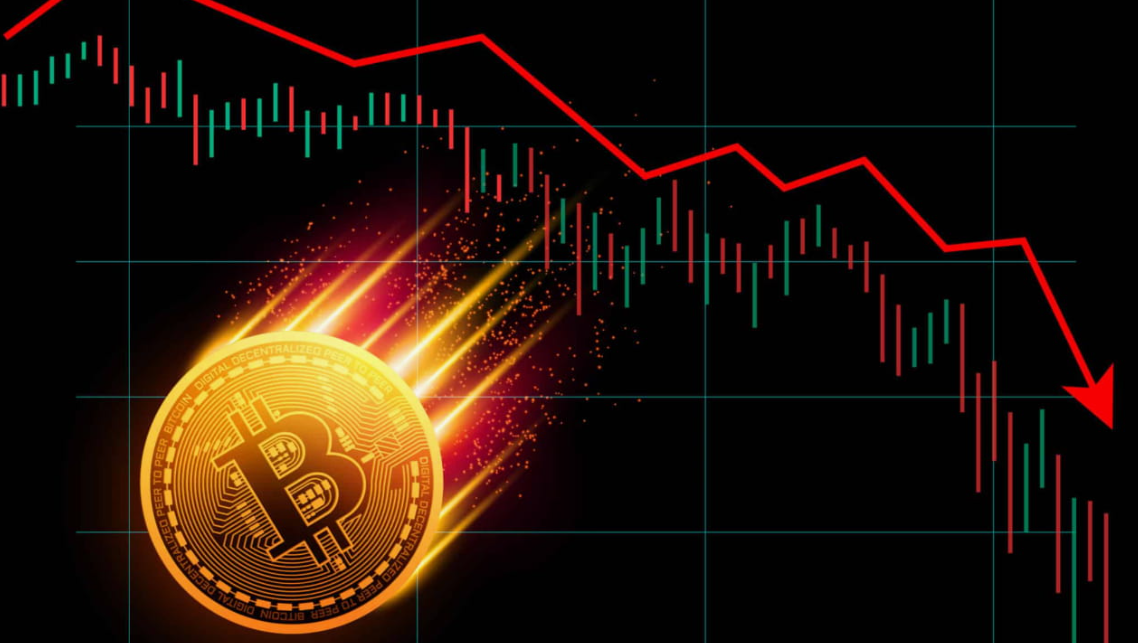The debate around job growth vs. automation has been heating up in recent years, especially as technology rapidly changes how we work. Under Trump’s economic agenda, the push to grow jobs while managing automation’s disruptive impact took center stage. Let’s dive into the details to see how these ideas clashed and, sometimes, worked together.
If you’re curious about the role of automation in reshaping industries, you’re not alone. Many traders, investors, and researchers, like those using FXpricing tools, are closely watching how policy shifts affect markets and employment trends.
What’s the Fuss About?
We’ve all heard it: “Robots are taking our jobs!” But is that really true? Trump’s agenda during his presidency focused heavily on job growth, particularly in traditional sectors like manufacturing, mining, and energy. At the same time, automation was accelerating, replacing repetitive tasks in factories and offices alike. Balancing these two trends became a tricky act.
On one hand, automation can lead to higher productivity and lower costs for businesses. On the other, it risks displacing workers, especially in industries reliant on manual labor.
How Trump’s Policies Played a Role
Pushing Job Growth
Trump emphasized “America First” policies to boost jobs. This included:
- Tax cuts for businesses to encourage investment and hiring.
- Incentives for companies to bring manufacturing back to the U.S.
- Deregulation in industries like coal and oil to create more jobs.
For example, some companies in the Midwest saw a slight revival in manufacturing jobs during Trump’s tenure. However, these gains were often overshadowed by larger trends in automation.
The Automation Factor
Now, let’s talk about the elephant in the room—automation. Big companies are increasingly adopting tech to save costs. From self-checkout systems in stores to robots on assembly lines, the shift is real.
Trump’s policies didn’t directly address automation’s impact. While focusing on job creation, his agenda sometimes ignored how quickly automation was replacing human workers in certain industries.
The Balancing Act: Jobs vs. Robots
Benefits of Automation
Okay, before we get all negative about automation, let’s admit it has some perks:
- Increased productivity: Machines don’t take breaks!
- Lower costs: Automation can cut down on long-term expenses.
- New industries: While some jobs disappear, automation creates demand for tech-savvy roles like coding and maintenance.
For example, with tools like those offered by FXpricing, businesses can automate financial data collection and analysis, saving countless hours.
The Downsides
Of course, automation isn’t all sunshine and rainbows. The big issue? Job displacement.
Workers in manufacturing, retail, and even customer service are seeing their roles vanish. Retraining these workers isn’t always easy, especially if they’ve spent decades in a single industry.
What Could Have Been Done Differently?
Many experts argue that Trump’s policies missed the opportunity to prepare workers for automation. Instead of just focusing on job creation, there could have been:
- Investments in retraining programs for workers in at-risk industries.
- Support for tech education in schools to prepare the next generation.
- Tax incentives for companies that hire and train displaced workers.
It’s like when a trader uses tools like FXpricing dashboards—they need to adapt to new strategies and data to stay ahead of the market. The same logic applies to workers adjusting to automation.
What Does This Mean for You?
If you’re a trader, broker, or financial analyst, you might be wondering how all this impacts you. Automation and job growth trends don’t just affect workers—they influence entire markets. For instance:
- Manufacturing automation could lower production costs, boosting company stocks.
- Labor market disruptions might lead to political instability, affecting global markets.
Using reliable tools like FXpricing helps you keep an eye on these trends in real-time. From live forex data to market analysis, staying informed is key to navigating the ever-changing economy.
Looking Ahead: What’s Next?
The tug-of-war between job growth and automation isn’t going anywhere. As new technologies like AI and machine learning advance, the question remains: How do we ensure no one gets left behind?
Future policies—whether from Trump or other leaders—will need to strike a balance. Investing in education, promoting innovation, and supporting displaced workers will be critical.
FAQs
Q1: How does automation affect job growth?
Automation can boost productivity but may replace repetitive jobs, leading to short-term job losses while creating long-term opportunities in tech industries.
Q2: What industries are most affected by automation?
Industries like manufacturing, retail, and customer service are heavily impacted by automation, as many tasks in these fields can be easily automated.
Q3: Did Trump’s policies address automation?
Not directly. Trump’s agenda focused more on job growth in traditional sectors than on addressing the impact of automation.
Q4: How can workers prepare for automation?
Workers can focus on retraining, learning new skills, and adapting to roles that are less likely to be automated, such as tech and creative jobs.Q5: How can tools like FXpricing help traders in this context?
FXpricing provides real-time data, market insights, and analysis, helping traders understand economic trends, including those driven by job growth and automation.





